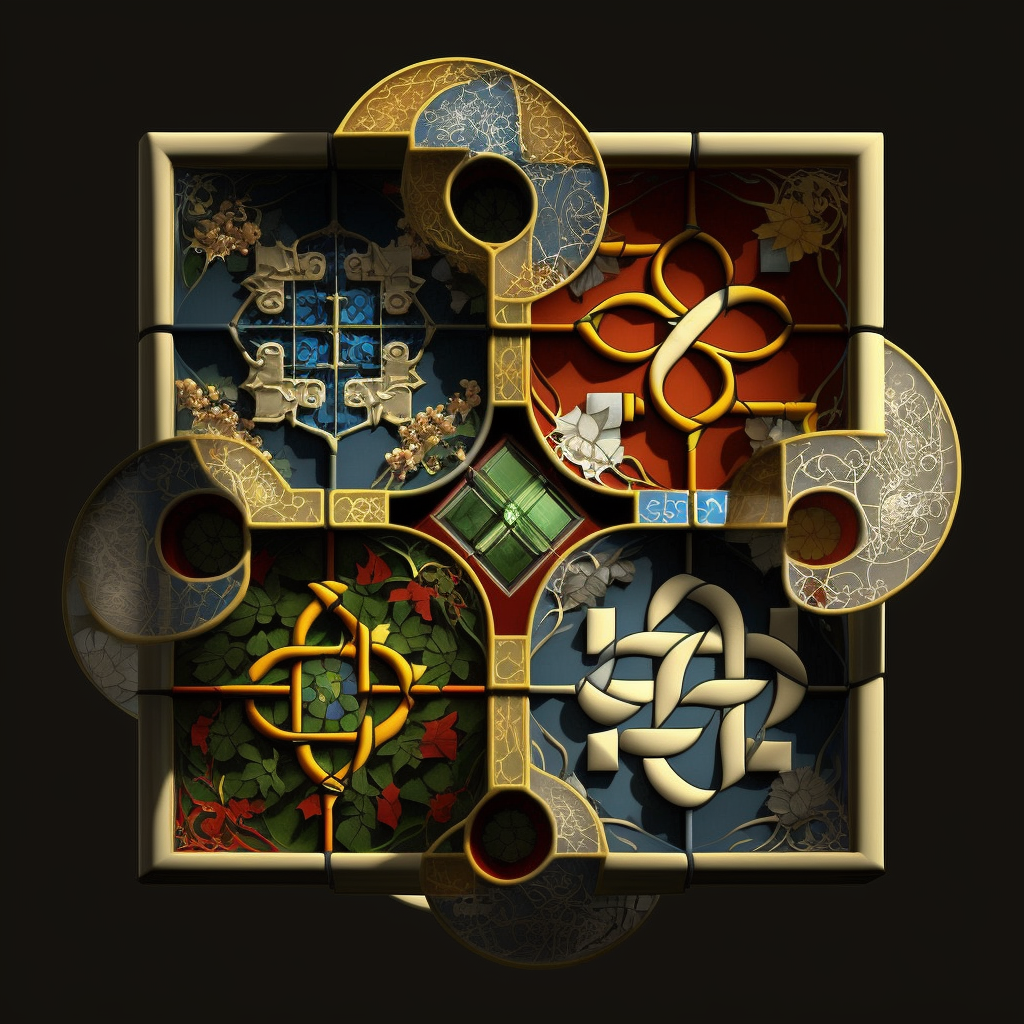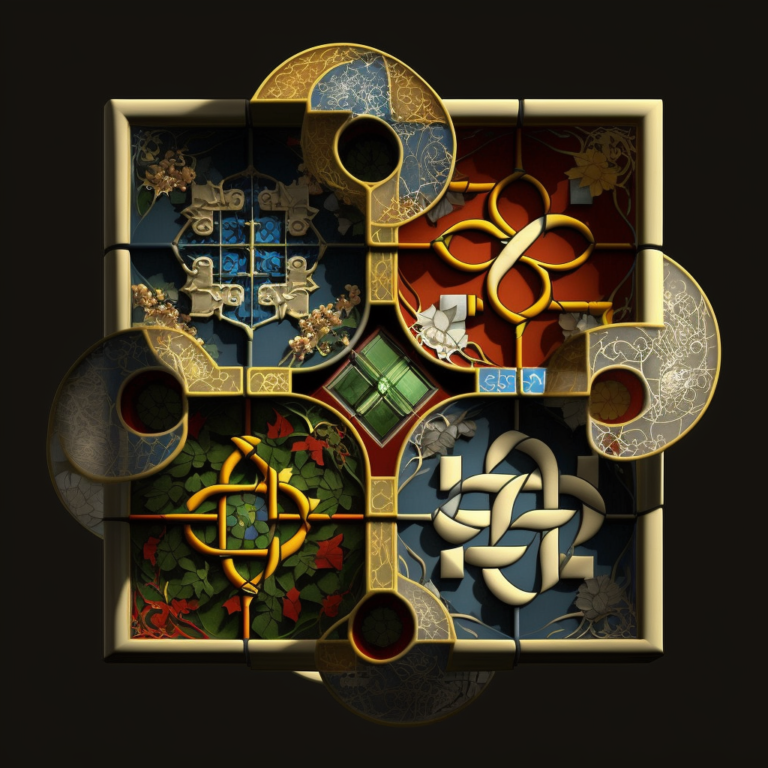
When I was in the later years of elementary school, I had a hard time staying focused on school. My mind wandered. I daydreamed. Other things were more interesting. My mother would sit me down and tell me, “You need structure. You will always need structure.” I am quite certain she meant this for me personally, and was not universally applicable to every child. Schedules would be created. Timers would be set. Outlines would be written down. Lists with items for completion were created. Even now, many decades later, the struggle to apply structure to the day and respecting the structure I have set for myself is difficult.
There is, however, tremendous value in my mother’s advice. I still make lists and try to create schedules. Structure is the pathway to meaning. Or perhaps it is better to say that we make meaning when we begin to discern the structure of a process, feeling, action whether immediate or over time, text, music, dance, or painting. The structures we discern in the world, for many of us, seem to reflect the deeper, more elusive structures of the reality in which we live our lives. Repetition of the events and patterns reinforce the meaning we create from that discerned structure. From there, a coherent reality is perceived, acted upon, and experienced within.
There are, however, events and experiences that defy those discerned, repeatable structures and patterns. These events and experiences elude all the meaning and structure we have generated throughout our lives. At the edges of our understanding, these events and experiences happen all the time, either to us or to other people. In quantum physics, events that defy explanation happen at the outer edges of the bell curve, the wave function of quantum events, outside the normalcy of where the vast majority of events occur. A bell curve simply tells us where the most common events of a particular process fall. In science, a bell curve helps define what is ‘normal’, what falls within the regular parameters of what we experience. When physicists smash particles together in particle accelerators, they look for the events at the edges of the bell curve, where things have fallen out of the ‘normal’, to discern new particles, forces, and behaviors. Most of the activity in a particle accelerator will fall within the 90% of the rise and fall of the bell curve. Those are predictable and likely repeatable events. But at the 5% on either side of the bell curve – that is where things get weird. Anomalies, unusual interactions, events that defy explanation – those all happen at the edges of the bell curve.
My interest is in where things get weird. I have a wide-ranging fascination with the weird, bizarre, and strange. This includes all the traditional mystical experiences spoken of in religions around the world – union with God, miracles, angelic visitations – and it also expands out into the increasingly bizarre – UFOs, cryptid sightings, lost time, synchronicities, ESP, remote viewing, astral projection, psychic phenomena, on and on.
My interest in that realm is motivated, first and foremost, by my own mystical experiences. Some of those experiences have been spontaneous, without any effort on my part. Others have been facilitated, usually by meditation and certain practices like body movement, breathwork, and spiritual ritual designed to manifest them. And then there is the experience that is the influence for all my present work, which was participating in a study with Johns Hopkins Psychedelic and Consciousness Research lab. The study looked at the effect of high doses of psilocybin, the psychedelic chemical in magic mushrooms, on religious professionals. The study was specifically designed to ‘facilitate mystical-type experiences’. The study did what was intended, for me at least.
In my study for my doctorate, I have come to call these wild experiences Extraordinary Spiritual Experiences, or ESEs for short. Sometimes, these experiences go by the name Spiritually Transformative Experiences (STEs). And for the less spiritually inclined, they are sometimes called Exceptional Human Experiences (EHEs).
ESEs often function in that 5% on either side of the bell curve of normal, everyday experience. They violate our structures of reality. In and of themselves, ESEs are often senseless. Sometimes ESEs track closer to our daily understandings, especially if one is inclined towards the spiritual and the paranormal. But many ESEs reach what is called by psychical researcher Renee Haynes ‘the Boggle Threshold’ (Deep Weird, by Jack Hunter, ed., August Night Press, 2023. pg 17). This is the threshold at which most people just avoid any more research into the event, since it appears as nonsensical, ridiculous, or so beyond one’s normal structures that it is meaningless.
My research into ESEs suggests there is a way to discern some structure and meaning, and therefore integration of these experiences. We are, by our very nature, pattern-seeking and meaning-making creatures. Within the academic study of religions, spirituality, and the accompanying experiences there are many attempts to apply some structure, some scaffolding, in order to understand what is happening in ESEs.
The grandfather of this sort of modeling of religious experience is William James (1842-1910), who wrote The Varieties of Religious Experience back in 1902. He had several categories and ways of interpreting these experiences. Much was left out, and rightfully so, since James was trying to discern things in new ways and had to narrow the categories of experiences he researched.
Charles Fort (1874-1932) was fascinated by all the experiences that were left out of those studies and cataloged the truly weird and bizarre in a book called The Book of the Damned, which came out in 1918. He called it this because all the information in the book had been ‘damned’ by researchers as nonsense, ridiculous, and uninterpretable. These encounters included ESP (extra-sensory perception), cryptid sightings, lost time, time shifts, rains of frogs and fish, spontaneous human combustion, remote views, UFOs, and many, many other strange and unusual events.
Huston Smith (1919-2016), the son of missionaries to China, was a scholar of world religions and studied closely spiritual experiences that seemed to be similar across faith traditions. He authored many books, each of which sought new ways to understand the religious and the spiritual. He is the primary author of what is known as ‘perennialism’, or the idea that there is a superstructure to religious and spiritual experience, a universal truth or truths, that is continual and exists beyond the particulars of any particular religion or spirituality.
James, Fort, and Smith were very concerned about the same thing – discerning and creating a structure to understand the exceptional and the extraordinary. Apparent one-off experiences always happen in a context, and they often have resonance with other extraordinary experiences as well. Often these structures and patterns of understanding come in forms of three or four, which is itself interesting. Like the Trinity, the three aspects of Brahma, the three pyramids, a four-leaf clover, the four Gospels, the four levels of understanding in Torah studies, the four corners of the earth, the pattern is everywhere once you see it.
For our purposes today, let us understand that there are structures present that can help us understand the deeper realms of this reality (or realities) we exist within. When we are dealing with peculiarly slippery things like religion and spirituality, and eel-like slithery things like the weird and bizarre, we have to hold lightly the meaning and pattern we have discerned lest those aspects of the deeper realms hide from us forever. Once those structures are discerned, they lead us to value those deeper meanings all the more. The clue we are moving in the right direction, I think, is that we have even more questions at the end of our search than we did at the beginning. None of this is about finding answers, but rather discerning and making meaning, and we can only do that by asking better questions.
The structure I have discerned for understanding ESEs stands on the great work of the authors mentioned above, as well as with other present day writers and researchers in this growing area of interest. Some of those in academia are Jeffrey Kripal, Erik Davis, Diana Pasulka, David Luke, Dana Sawyer, and several others. In the medical community, particularly within the realm of psychedelic research, which we will explore in other posts, are Drs. Roland Griffith, William Richards, Rosalind Watts, Robin Carhart-Harris, Anthony Bossis, Bia Labate, Monnica Williams and a whole raft of others.
In my next post, I will briefly describe the structure I use to understand ESEs.
Thank you for reading! Comment below.
May your day be extraordinary, and your experience be filled with curiosity.


This is a rewrite of the first sermon you gave concerning ESEs?
Hi Paul! Not really, though there is a lot of cross-over, I am sure. Thank you for reading!